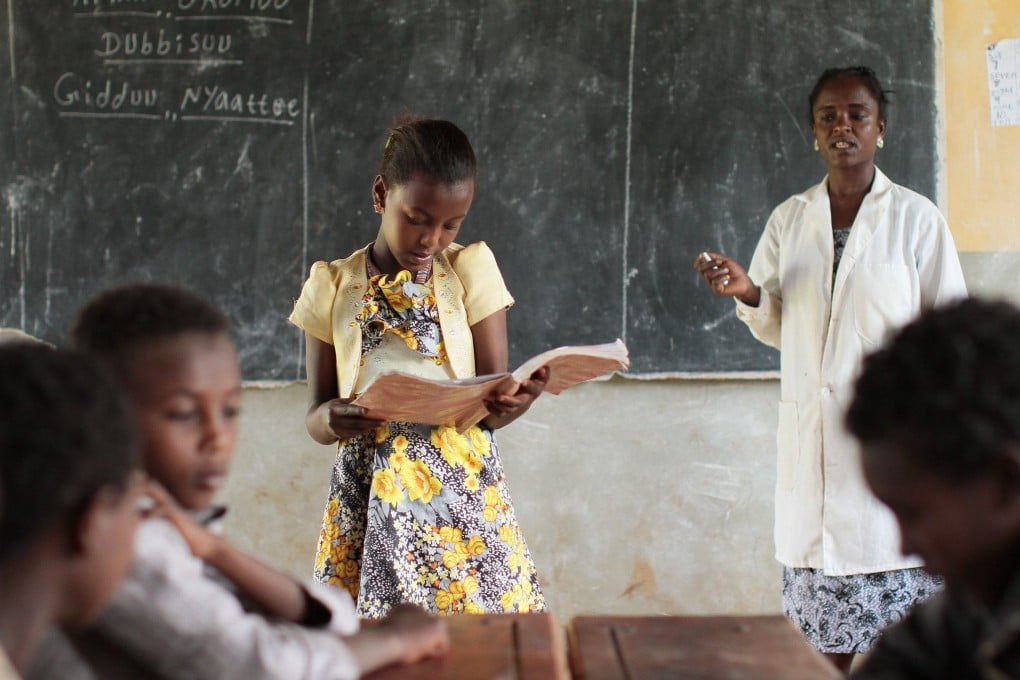A lack of funding is causing an increase in the number of out-of-school children globally, and Unesco’s education leaders are worried
- Since 2021, out-of-school children numbers have risen by six million to 250 million, with many countries facing an annual funding gap of about US$100 billion

Whether at government level or in the corporate context, leaders speak with conviction about their commitment to education and training. They are united in believing in the importance of providing the next generation with the skills and learning needed to make it possible to find work and get on in life.
“Education is the most effective and empowering investment a country can make – for its people and for the planet,” says Manos Antoninis, director of the Global Education Monitoring (GEM) Report issued by Unesco, the UN’s heritage body. “Early childhood education is crucial for the cognitive, social and emotional development of every child to prepare them for a journey of lifelong learning, which benefits entire communities and societies. Importantly, educated men and women also enjoy higher living standards and better health.”
For anyone who shares this belief, the findings of the latest GEM Report, titled “Technology in Education”, and released to coincide with the UN General Assembly SDG (Sustainable Development Goals) Summit in New York on September 18-19, are cause for concern. Worryingly, since 2021, the number of out-of-school children in different parts of the world has risen by six million to reach 250 million. Low- and lower-middle-income countries are facing an annual funding gap of close to US$100 billion to achieve their national targets, equivalent to just US$80 per child. And there is a general sense of “continuing stagnation” in far too many places.
“The world is not on track to reach the global education targets of SDG4,” Antoninis says. “This is largely due to the exclusion of girls from school in Afghanistan, but also because of a lack of progress globally to keep up with the growing numbers of school-age children.”
The GEM Report spells out the extent of action required if countries are to get close to hitting their national targets. In round terms, 1.4 million youngsters need to be enrolled in early childhood education every year up to 2030. That translates roughly to a new child starting school every two seconds. And overall primary completion rates need to almost triple.
Education is the most effective and empowering investment a country can make – for its people and for the plane
“One of the main factors slowing progress is the lack of funding,” Antoninis says. “One in three countries allocates to education an amount below the two minimum thresholds – that is, less than 15 per cent of total public expenditure and below 4 per cent of gross domestic product.
